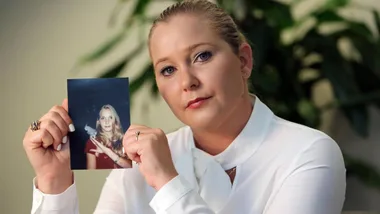It has been described as the greatest medical scandal in Australian history and worse than the Thalidomide disaster. Hundreds of women across Australia have suffered horrific side effects from transvaginal mesh implants, a simple medical device used to treat prolapse or incontinence.
And now, a class action suit has been launched on behalf of 700 women against Johnson & Johnson in the Federal Court, The ABC reports.
Legal representatives for the women allege that Johnson & Johnson did not investigate proper clinical trials on the potential complications of mesh implants.
Rebecca Jancauskas from Shine Lawyers told AAP that the effects from mesh implants have been catastrophic.
“The complications that Australian women are suffering include the mesh or tape eroding through, and into, surrounding tissue and organs, as well as incontinence, infection and chronic pain,” she said.
“Many now live in excruciating pain, suffering terrible side effects that impact all aspects of their lives.
“This class action is about righting the wrong against these women, who will suffer pain and complications for the rest of their lives,” she said.
RELATED: One Simple Procedure Left This Woman In Agony For Six Years
The ABC reports that Johnson & Johnson said the use of mesh implants was supported by clinical research.
The implants were often seen as the preferred method to treat pelvic conditions.
The company told the ABC that is was unable “to detail the total number of women that have had transvaginal mesh implants, the number who have experienced adverse side-effects nor the number who have made attempts to have transvaginal mesh removed [in Australia or elsewhere]”.
It is expected Johnson & Johnson’s lawyers will present their arguments on Monday.
RELATED: ‘It Was Excruciating’: My Mesh Implant Nightmare
Last month, mother-of-two Janine Lacey told marie claire about her own nightmare experience after receiving a mesh implant.
“I was in so much pain. It was this sharp, barbed wire pain that wouldn’t go away,” she said.
The pain persisted for three years after her initial procedure in 2012.
“My urogynaecologist and I (then) decided the mesh absolutely needed to come out, and my surgeon had found a way to partially remove the mesh from my urethra that hadn’t really been tried before,” she explained.
While the relief was immediate for Janine after the surgery, sharp pain has since returned. You can read her full account here.
You can find support by joining the Australian Pelvic Mesh Support Group on Facebook.










